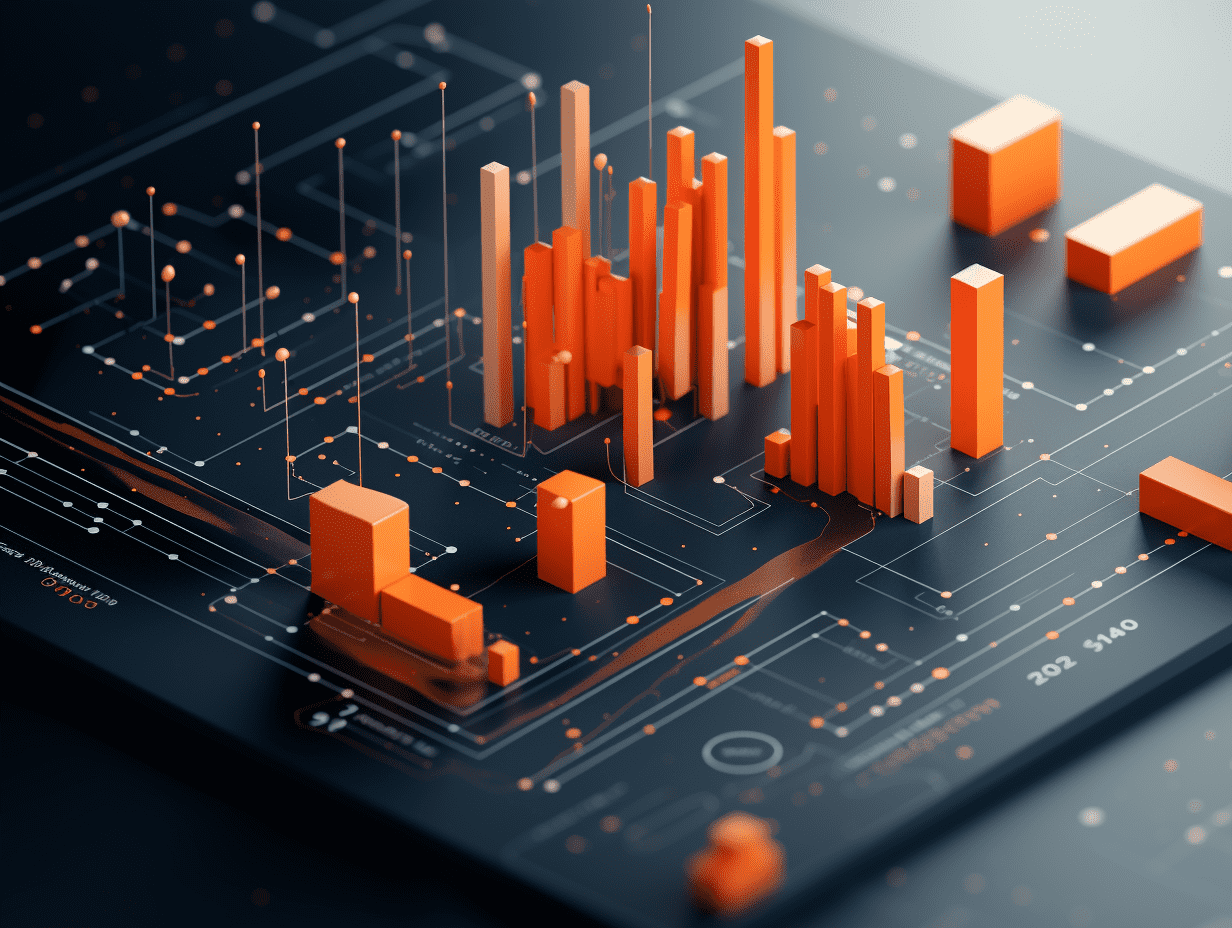
Inflation is rising and the Korean won is depreciating, putting pressure on the South Korean central bank. However, amid tariff uncertainties, the central bank is hesitant to lower interest rates.
The South Korean central bank maintained its benchmark interest rate unchanged as domestic consumer inflation unexpectedly rose and the Korean won depreciated to a 16-year low, in order to promote stability in the Korean financial system. Additionally, the Bank of Korea indicated that Trump's global aggressive tariff policies have disrupted the market and clouded the outlook for Korean economic growth, leading to a policy direction favoring further interest rate cuts in the future.
The Bank of Korea kept the seven-day repurchase rate at 2.75% on Thursday. In a survey conducted by Bloomberg with 24 economists, 15 predicted no change, while the remaining 9 forecast a 25 basis point rate cut. Following the announcement, the Korean won exchange rate experienced fluctuations, while the Korean stock market saw an increase in gains.
Prior to this stabilization policy, the Korean won fell to nearly 1,490 won per US dollar last week, hitting its weakest level since March 2009, exacerbating the risk of inflation pressure due to high import costs. Consumer prices in South Korea rose by 2.1% year-on-year in March, reversing market expectations for a continued slowdown in Korean inflation.
In its statement, the Bank of Korea stated that the Korean economy growth has slowed more than expected due to the impact of the US government's trade policies and domestic political uncertainties. Therefore, the central bank will continue to lean towards further interest rate cuts in the future.
The possibility of the Bank of Korea lowering the benchmark interest rate again in the coming months may become more complex as the national election to decide the next President of South Korea approaches in June.
"The likelihood of announcing interest rate cuts again in May has increased, but the presidential election may affect the Bank of Korea's decision," said economist An Young-Jin from SK Securities. "Considering the high probability of a change in government, the Bank of Korea may find it more politically acceptable to cut interest rates after the new government takes office, than to do so a few days before."
"The reasons for further easing are sufficient. External demand is under pressure, with the US imposing a 10% overall tariff. Weak domestic confidence continues to drag on consumption and investment. We expect the Bank of Korea to resume its easing cycle in May, cutting rates by 25 basis points to support the economy," stated Bloomberg Economics economist Kwon Hyo-jung.
For the Bank of Korea, the exchange rate of the Korean won remains a key factor. Earlier in the week, after Trump hinted at a possible suspension of car tariffs, the country's currency briefly rose to its strongest level since November of last year. Automobiles and components are core products in Korea's exports to the US, accounting for nearly half of the $70.8 billion in vehicle exports for the entire year last year.
Korean economists predicting rate cuts pointed out the need to ensure that economic growth momentum is maintained in South Korea amidst potential shocks to exports from the country's trade situation. Previously, the martial law order issued by former South Korean President Yoon Suk-yeol in December last year caused severe market volatility and months of political deadlock that hit consumer confidence, leading the central bank to revise down its economic forecasts.
Economists surveyed by Bloomberg lowered their forecasts for South Korean economic growth in 2025 from 1.6% to 1.4% and in 2026 from 2% to 1.9%.
However, the potential risks that may cause the Bank of Korea policymakers to hold off on further rate cuts include the soaring prices of apartments in South Korea and the significant increase in household debt levels. The South Korean government previously stated that it will implement new restrictions on real estate transactions in the Seoul area to cool down the market.
To ease consumer borrowing costs and support the economy against the impact of tariffs led by the Trump administration, the Bank of Korea has cut interest rates three times consecutively since October 2024. South Korea's high dependence on external exports, particularly to the US, is a core pillar of the Korean economy, making it one of the economies most vulnerable to protectionist policy shocks.
The Trump administration initially imposed tariffs of up to 25% on South Korea in the "equal tariffs" system, one of the highest rates imposed on US security allies, then temporarily reduced to 10% for 90 days. South Korea is preparing to send negotiators to the US to seek even lower rates.
Trump announced last Wednesday that he has authorized a 90-day "equal tariff suspension" for most countries globally, during which time the tariffs on these countries will be drastically reduced to 10%.
While the Bank of Korea's cautious monetary policy actions are taking shape, the South Korean government is boosting the long-suffering Korean economy through early implementation of fiscal spending to stimulate consumption, particularly announcing a supplementary budget of 12 trillion won (approximately $84 billion), higher than the initial plan of 10 trillion won.
Yet, as preparations for the new round of the South Korean presidential election on June 3 progress, it remains uncertain whether the ruling and opposition parties in the National Assembly can reach an agreement on the stimulus package.
Governor Lee Chang-yeong will hold a press conference at the Bank of Korea later on Thursday, addressing questions about the future direction of interest rate policy. Apart from disclosing how many members of the monetary policy committee dissented in this decision, he may also outline the committee's expectations for the interest rate in the next three months. Following the rate cut decision in February, Lee Chang-yeong stated that 2 out of the 6 members of the monetary policy committee supported another rate cut within the next three months, while 4 leaned towards keeping the rate unchanged.
RECOMMEND
©️2013 - 2025 GMT EIGHT Holdings. All Rights Reserved.
Contact: [email protected]


